
Last year, the Government of Saint Lucia and the Food and Agriculture Organization of the United Nations (FAO) announced a combined effort to considerably improve school gardens and school meal preparation for six primary schools across the country. More recently, the Ministry of Agriculture of Saint Lucia worked with the CARICOM-FAO-Mexico Initiative “Cooperation on Climate Change Adaptation and Resilience in the Caribbean” to perform a health assessment in schools benefitting from the National School Meal Programme. Thaddeus Constantine, Chief Agri-Enterprise Development Officer for the Ministry of Agriculture, remarked that these kinds of investigations and investments in health and nutrition “would ensure that students are provided with the best opportunities to learn.”
About Saint Lucia’s School Feeding Program
An island nation in the Eastern Caribbean, Saint Lucia is an outstanding example of government support for school meal programs. According to the results from the 2021 Global Survey of School Meal Programs, the Saint Lucian government funds an astounding 100% of their school meal program, in part thanks to a line item in the national budget. With national laws, policies, and standards around school feeding, nutrition, agriculture, and private sector involvement, this comprehensive, domestically-sourced school meal program helps to paint a clear picture as to why the Latin America and Caribbean region stood out amongst all others in their commitments to school feeding.
A Comprehensive Program
7,700 primary and secondary school-aged children received school food, and though this number has declined in recent years, the newly announced joint efforts may turn this trend around. Saint Lucia reported providing breakfasts and lunches containing grains, legumes, various vegetables, and more to students, making a note of prohibited items of pickled meat (pork) and saltfish. In fact, Saint Lucia is one of the relatively few countries that have activities in place to address or mitigate overweight/obesity. Major programs under this initiative include nutritional requirements for menus, food restrictions on school grounds as well as physical education as part of the school curriculum.
The Path Forward
Recent successes associated with school feeding in Saint Lucia include greater awareness and appreciation for the National School Feeding Programme, engagement with local farmers to support the economy, and the incorporation of school gardens in the program. Challenges include a lack of funds and a shortage of imported goods. Finally, the Saint Lucia focal point noted a need for greater creativity on the part of cooks and caterers, and for more support from other government agencies to sustain the feeding program.
To learn more about Saint Lucia, take a look at the 2019 and 2021 country reports, read the global reports based on the results of the Global Survey of School Meal Programs, or follow us on social media as we share out school feeding highlights from programs around the world.

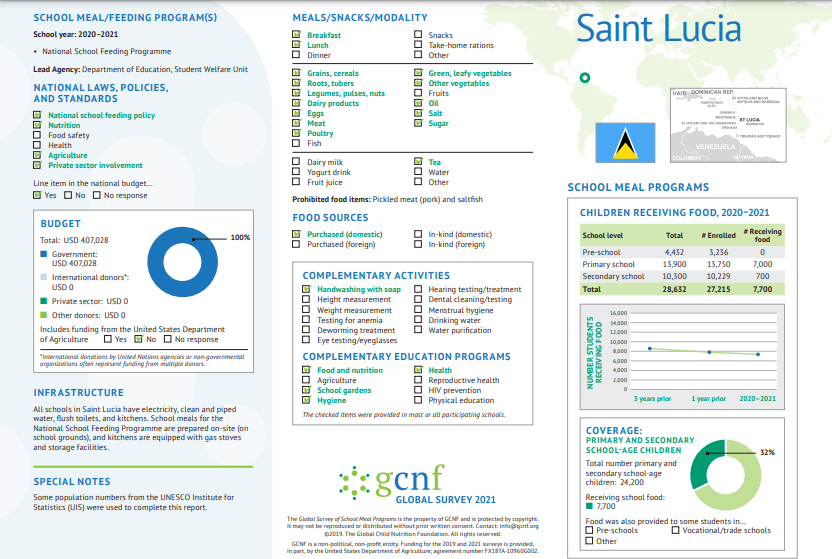


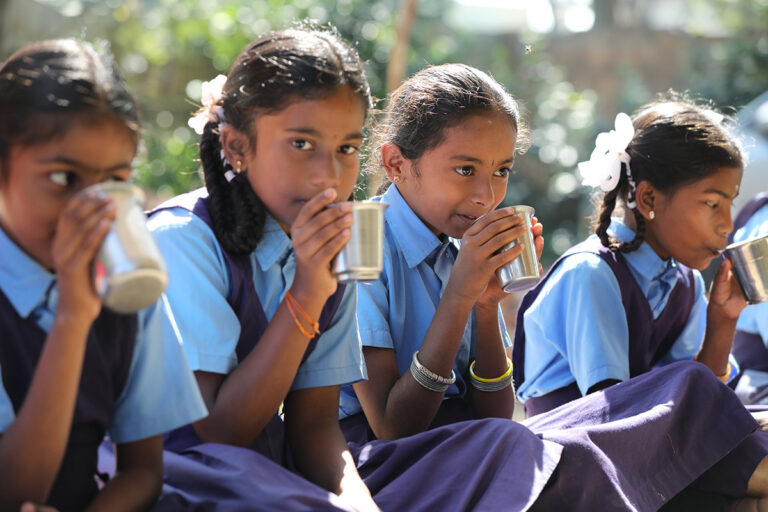

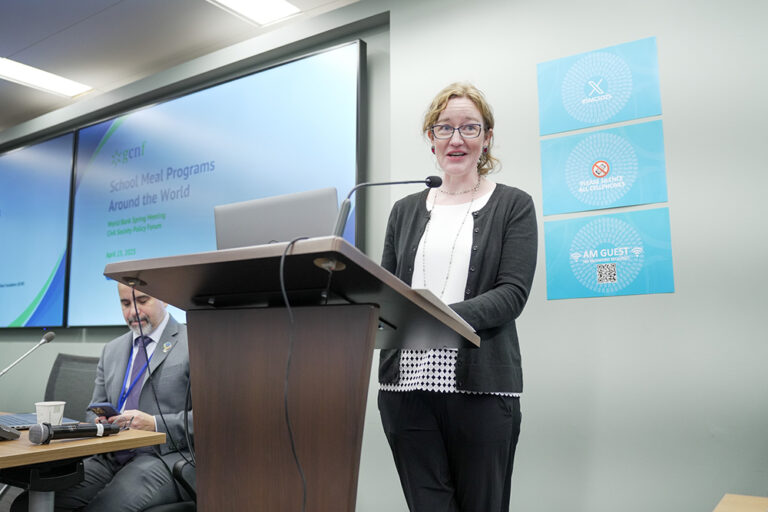
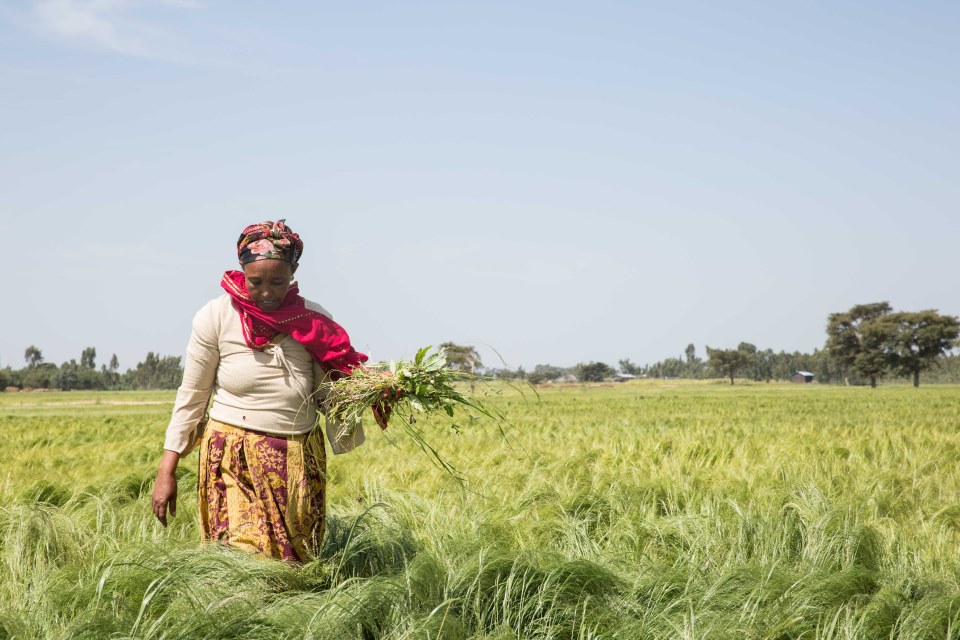
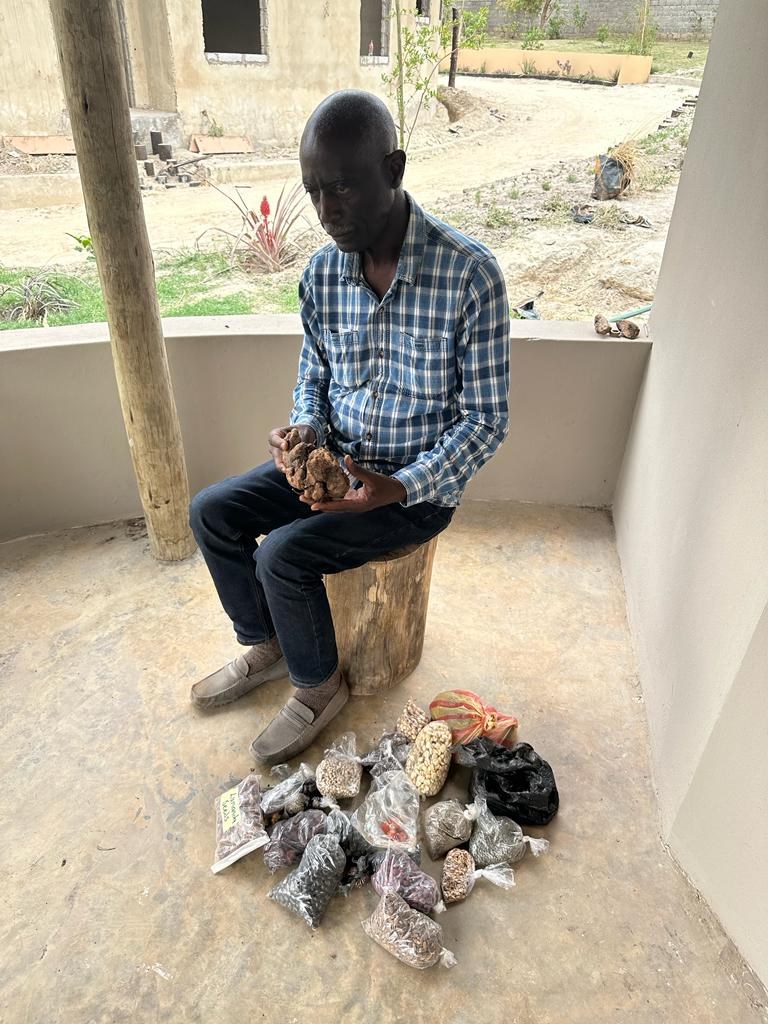
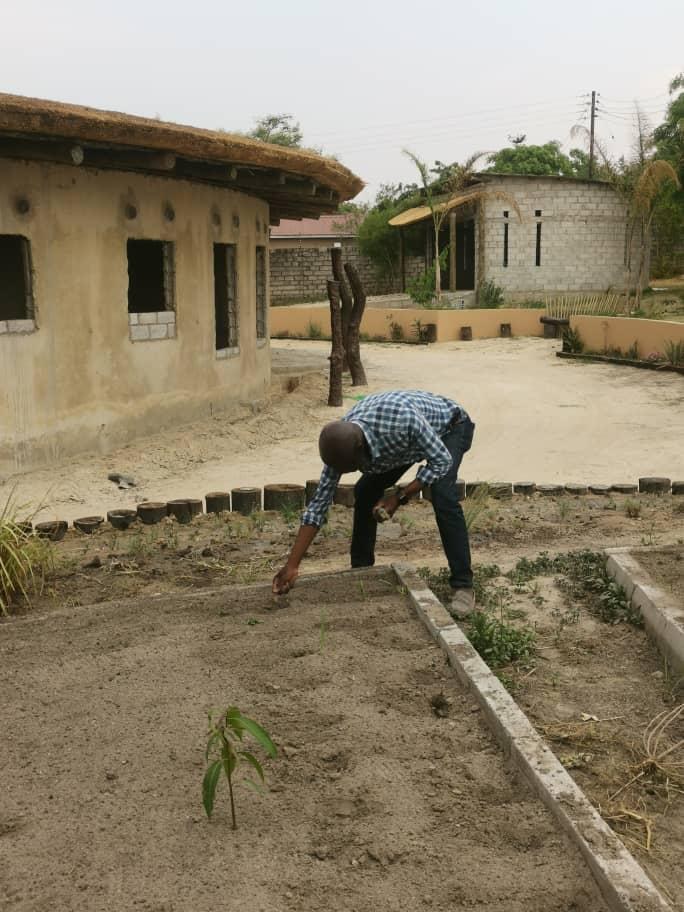
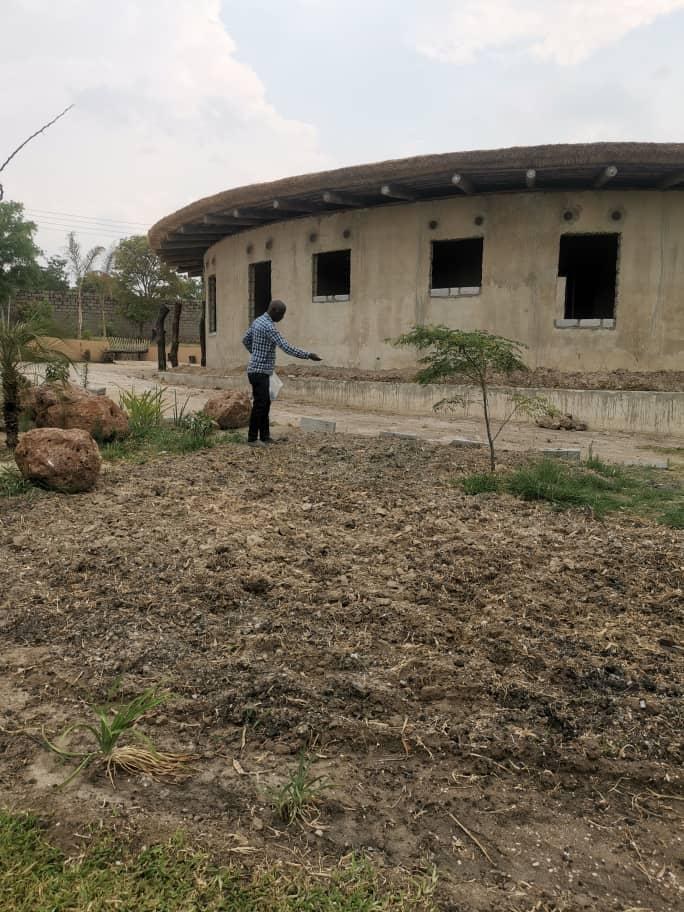


No comment yet, add your voice below!